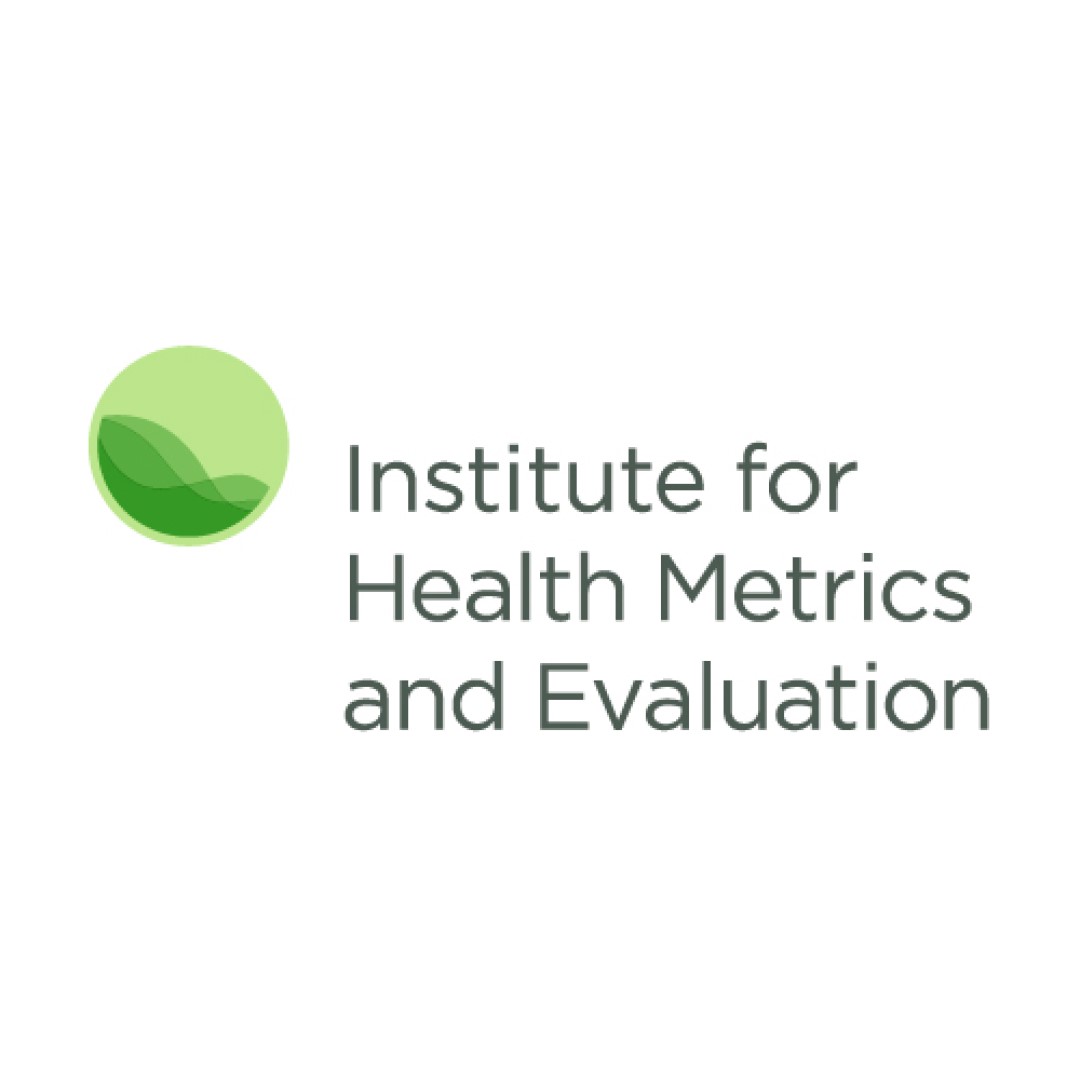
Millions of children at risk as childhood vaccination coverage stalls globally
On Jun. 24, 2025, the Institute for Health Metrics and Evaluation (IHME) announced results from the Global Burden of Diseases, Injuries, and Risk Factors Study 2023 that provides updated global, regional, and national estimates of routine childhood vaccine coverage from 1980 to 2023 for 204 countries and territories for 11 vaccine-dose combinations recommended by WHO for all children globally.
Employing advanced modelling techniques, this analysis accounts for data biases and heterogeneity and integrates new methodologies to model vaccine scale-up and COVID-19 pandemic-related disruptions.
Overall, global coverage for the original EPI vaccines against diphtheria, tetanus, and pertussis (first dose [DTP1] and third dose [DTP3]), measles (MCV1), polio (Pol3), and tuberculosis (BCG) nearly doubled from 1980 to 2023. However, this long-term trend masks recent challenges. Coverage gains slowed between 2010 and 2019 in many countries and territories, including declines in 21 of 36 high-income countries and territories for at least one of these vaccine doses (excluding BCG, which has been removed from routine immunisation schedules in some countries and territories).
The COVID-19 pandemic exacerbated these challenges, with global rates for these vaccines declining sharply since 2020, and still not returning to pre-COVID-19 pandemic levels as of 2023. Coverage for newer vaccines developed and introduced in more recent years, such as immunisations against pneumococcal disease (PCV3) and rotavirus (complete series; RotaC) and a second dose of the measles vaccine (MCV2), saw continued increases globally during the COVID-19 pandemic due to ongoing introductions and scale-ups, but at slower rates than expected in the absence of the pandemic. Forecasts to 2030 for DTP3, PCV3, and MCV2 suggest that only DTP3 would reach the IA2030 target of 90% global coverage, and only under an optimistic scenario.
IHME estimates of current vaccine coverage and forecasts to 2030 suggest that achieving IA2030 targets, such as halving zero-dose children compared with 2019 levels and reaching 90% global coverage for life-course vaccines DTP3, PCV3, and MCV2, will require accelerated progress. Substantial increases in coverage are necessary in many countries and territories, with those in sub-Saharan Africa and south Asia facing the greatest challenges. Recent declines will need to be reversed to restore previous coverage levels in Latin America and the Caribbean, especially for DTP1, DTP3, and Pol3. These findings underscore the crucial need for targeted, equitable immunisation strategies.
Tags:
Source: Institute for Health Metrics and Evaluation
Credit:
